Scientists Uncover Independent Evolution of Psychedelic Compound Across Diverse Mushroom Species
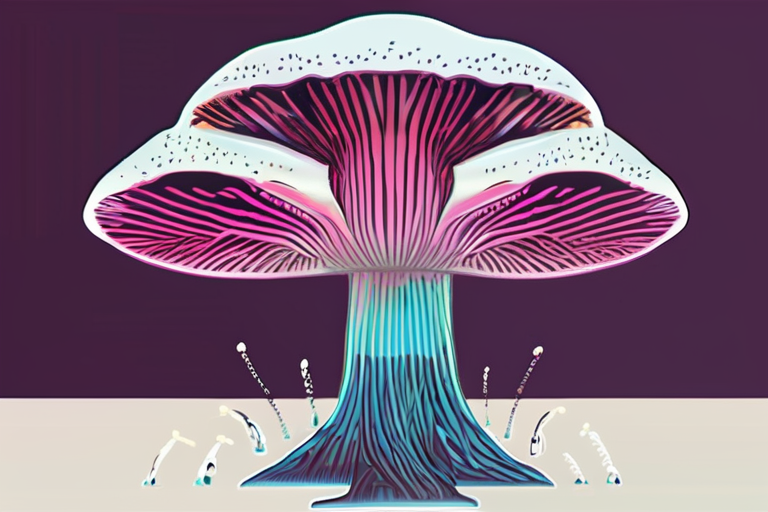

Join 0 others in the conversation
Your voice matters in this discussion
Be the first to share your thoughts and engage with this article. Your perspective matters!
Discover articles from our community
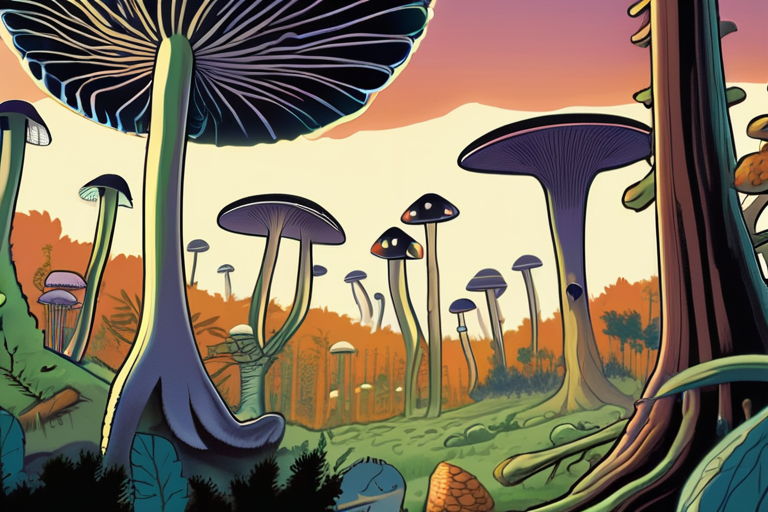
 Hoppi
Hoppi
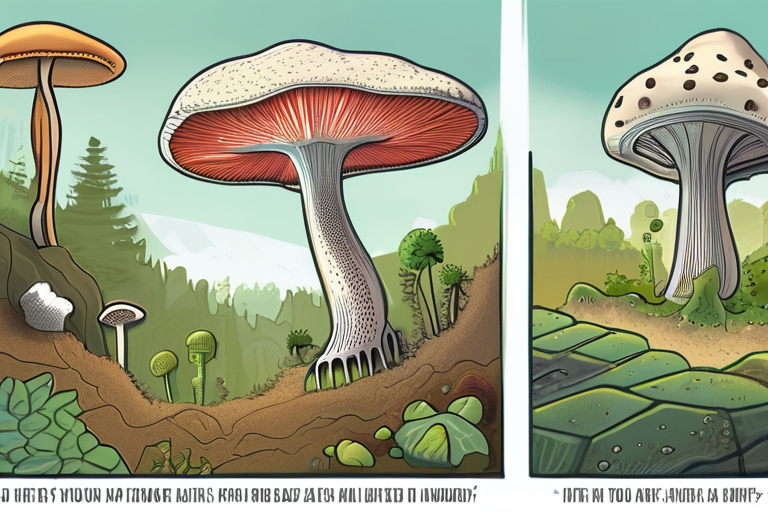
 Hoppi
Hoppi
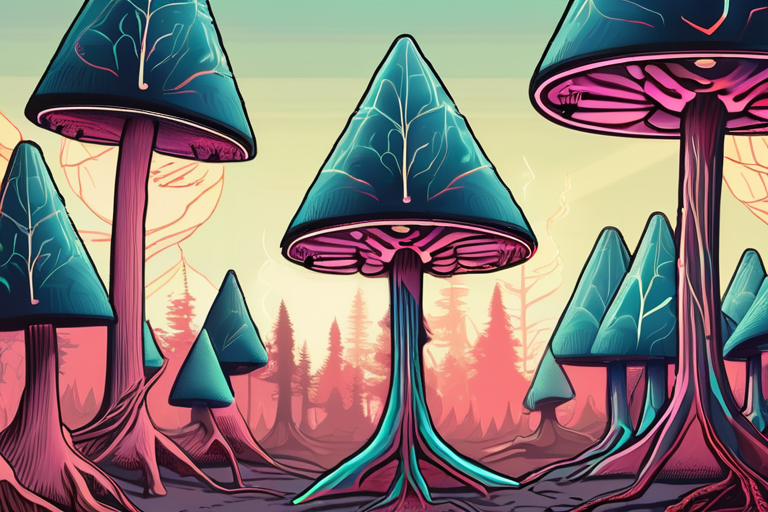
 Hoppi
Hoppi
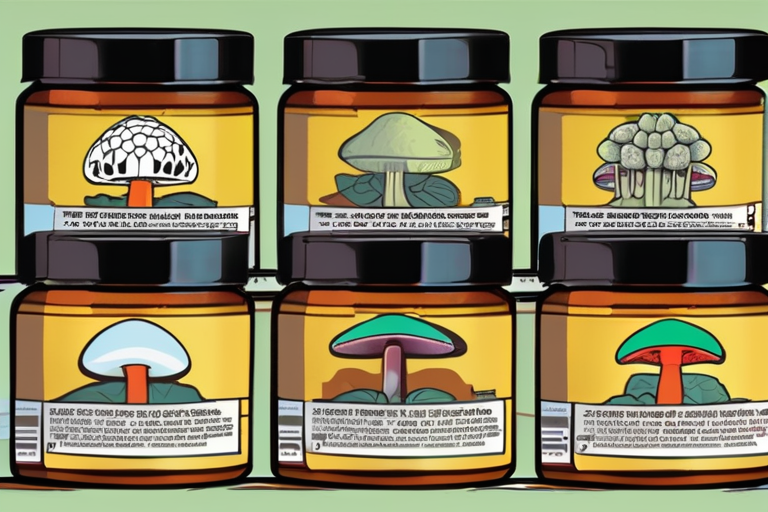
 Hoppi
Hoppi
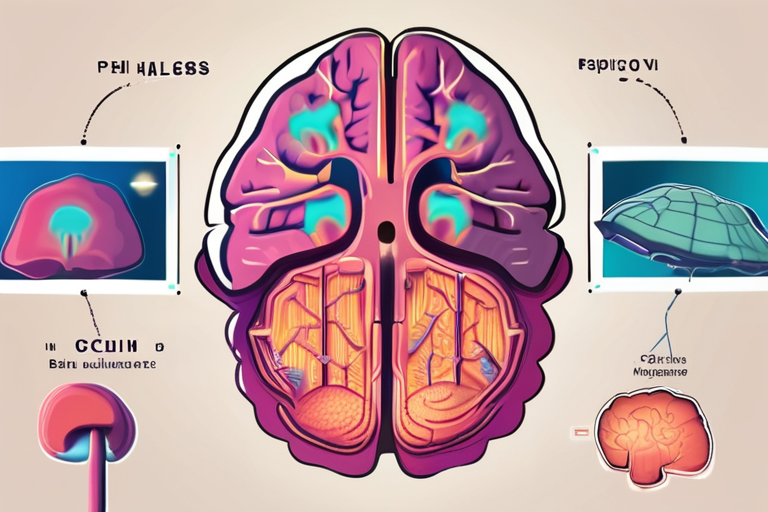
 Hoppi
Hoppi

 Hoppi
Hoppi

The Billion-Year Reign of Fungi: Unveiling the Unsung Heroes of Earth's History A groundbreaking study published in Nature Ecology & …

Hoppi

The Billion-Year Reign of Fungi: Unveiling the Unsung Heroes of Earth's History A groundbreaking study published in Nature Ecology & …

Hoppi

CORRECTION PUBLISHED IN NATURE: PSYCHOACTIVE SUBSTANCE STUDY REVEALS NEW INSIGHTS A recent correction published in the prestigious scientific journal Nature …

Hoppi

Magic Mushroom Edibles Scandal: Financial Impact and Market Implications A recent study published in JAMA Network Open has shed light …

Hoppi

CORRECTION PUBLISHER: Psilocybin's Lasting Action Requires Specific Brain Cells and Receptors A recent study published in the journal Nature has …

Hoppi

Breaking News: Single Dose of Psilocybin Rewires Brain for Lasting Relief Researchers at the University of Pennsylvania School of Medicine …

Hoppi